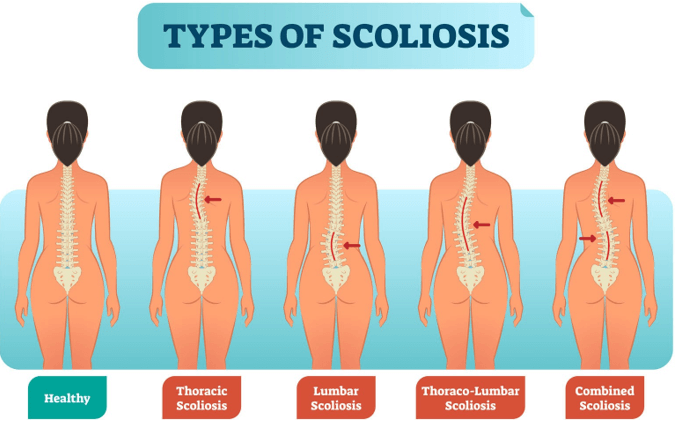A client who was admitted yesterday with severe dehydration is reporting pain where a 24 gauge intravenous (IV) catheter with normal saline is infusing at a rate of 150 mL/hour. Which intervention should the nurse implement first?
Establish a second IV site.
Stop the normal saline infusion.
Assess the IV for blood return. D. Discontinue the 24 gauge IV.
The Correct Answer is B
A) Incorrect- While a second IV site might be considered if the first one is causing significant discomfort, it's not the initial intervention. The nurse should first address the immediate concern of pain.
B) Correct- Pain at the IV site during infusion might indicate infiltration or irritation. Stopping the infusion is the most immediate intervention to prevent further discomfort and potential complications like tissue damage.
C) Incorrect- While assessing for blood return is important to ensure proper IV placement, it's not the initial intervention for managing pain caused by the infusion.
D) Incorrect- Discontinuing the IV might be considered if the pain is severe and unmanageable, but the nurse should initially try to address the discomfort without removing the IV.
Nursing Test Bank
Naxlex Comprehensive Predictor Exams
Related Questions
Correct Answer is D
Explanation
This is the group of children that the PN should screen for scoliosis because they are at the highest risk of developing this condition. Scoliosis is a lateral curvature of the spine that usually occurs during the growth spurt before puberty. Girls are more likely than boys to have scoliosis, and the condition tends to worsen during adolescence.

Correct Answer is ["B","D"]
Explanation
A) Incorrect - Providing a regular diet tray is important for the client's nutritional needs, but it is not as urgent as assessing vital signs or administering Albuterol in response to the client's acute symptoms.
B) Correct- This action is a priority after any assessment or intervention. Vital signs provide important information about the client's overall condition, including heart rate, blood pressure, respiratory rate, and oxygen saturation.
C) Incorrect - Applying oxygen is important, but its priority depends on the client's vital signs and oxygen saturation, which should be assessed first.
D) Correct- Administering Albuterol as ordered is crucial for addressing the client's acute breathing difficulty. Albuterol is a bronchodilator that helps alleviate asthma symptoms, and timely administration is essential.
E) Incorrect - Performing a pulmonary function test is valuable for assessing lung function, but it's not an immediate concern compared to addressing the client's breathing difficulty.
Whether you are a student looking to ace your exams or a practicing nurse seeking to enhance your expertise , our nursing education contents will empower you with the confidence and competence to make a difference in the lives of patients and become a respected leader in the healthcare field.
Visit Naxlex, invest in your future and unlock endless possibilities with our unparalleled nursing education contents today
Report Wrong Answer on the Current Question
Do you disagree with the answer? If yes, what is your expected answer? Explain.
Kindly be descriptive with the issue you are facing.
